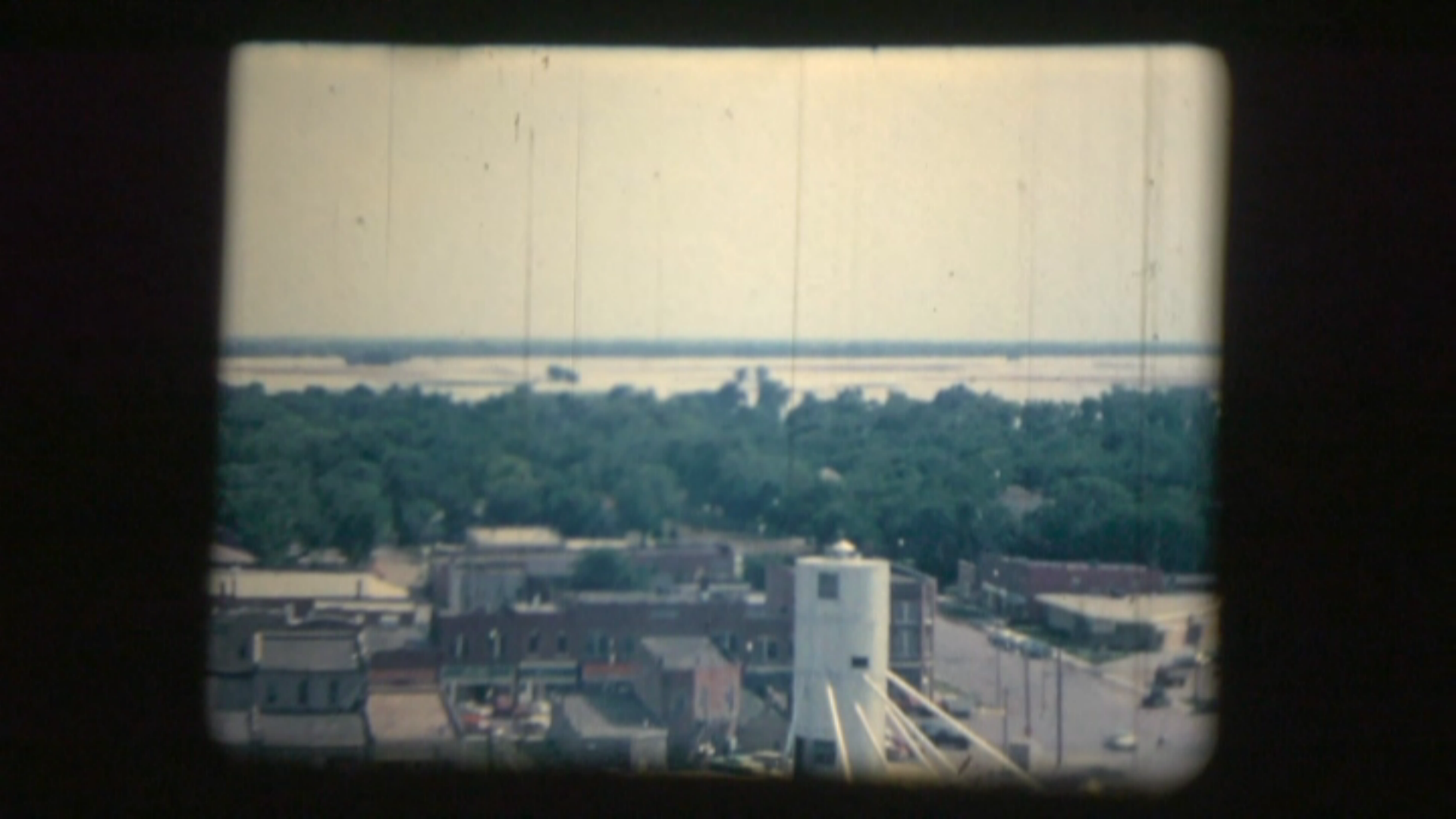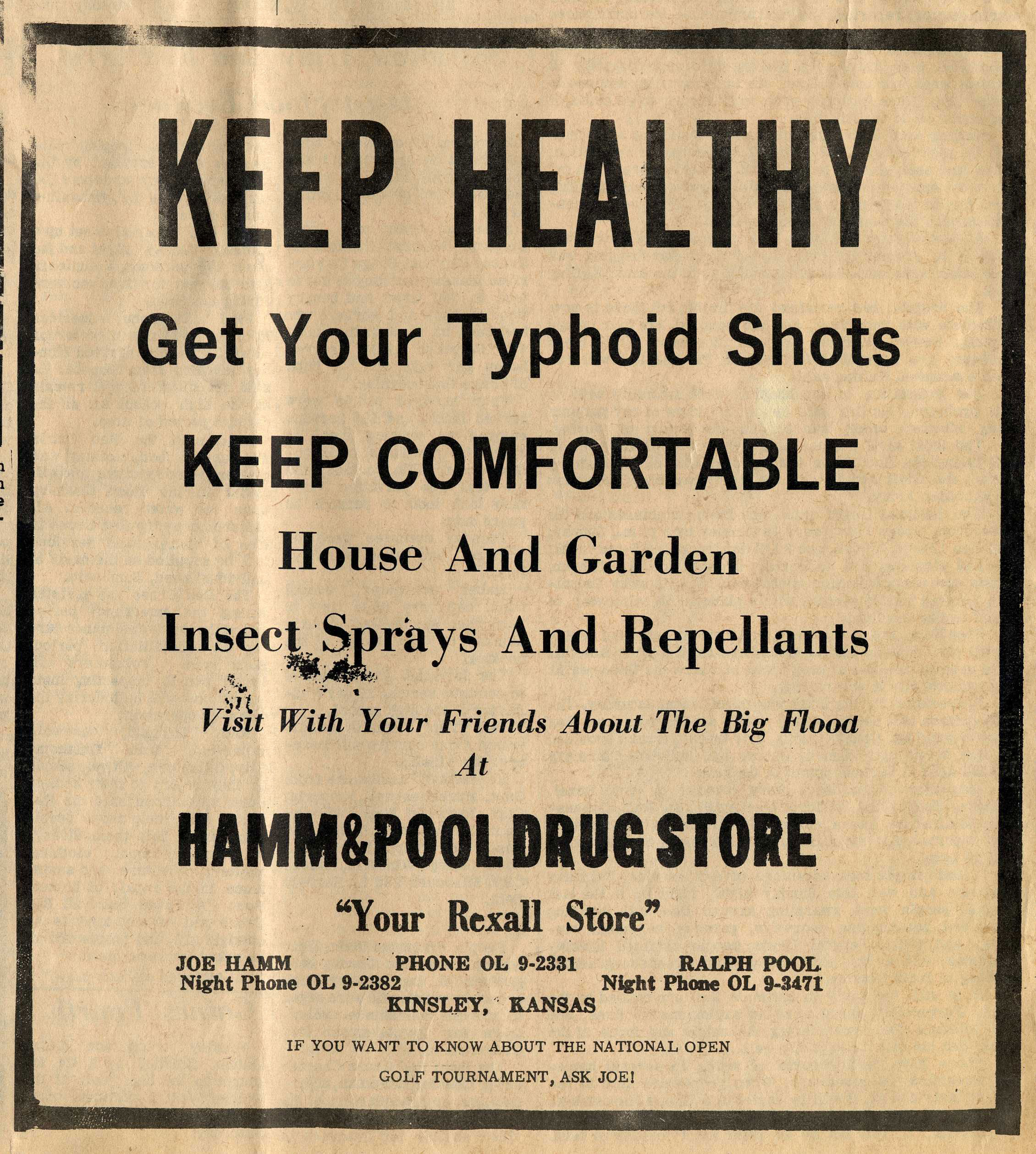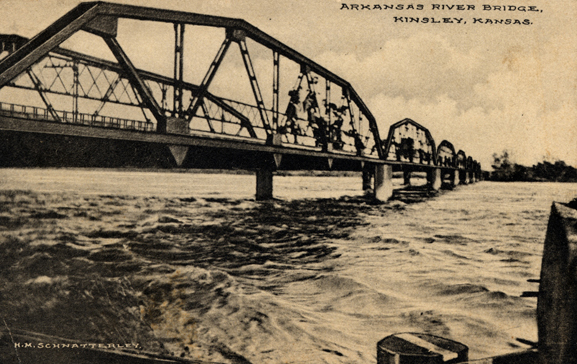The premiere went well despite a couple of technical problems (Thanks to James DuBois, we were able to get through most of them.) We had a nice crowd and it was fun to see everyone up on the big screen. If you missed it, we’ll have the films on the website in early December after the premieres have all happened. You will then be able to enjoy it on the small screen.
I put together an exhibit of photos, newspaper articles, and quotations from the interviews which was unveiled at the premiere and is now on display at the library. Visit http://kinsleylibrary.info/flood-archive/ to view the exhibit on line. There are also complete transcripts of the interviews made for both films online.
A big shout out to Leslie Von Holten, Program Director for the Kansas Humanities Council, who oversaw this project. It was great to have her here yesterday. I also want to thank Marsha Bagby, Jay Dill, and Steve Samuelson for serving on the panel. I believe citizens got some answers to questions and at least one learned how to get documentation that would stipulate that her house was not in the floodplain.
This project gives the library an extensive file on the areas flooding. I have enjoyed researching this historical perspective and appreciate all of the information that the local people have provided in the form of interviews, pictures, and documents. This blog will be leaving the realm of Too Much Water to one of Not Enough Water as we proceed with our exploration into the Dust Bowl Era. So stay tuned for more enlightenment from the Best Small Library in Kansas. (Wamego Public Library will take over that title later this week.)







